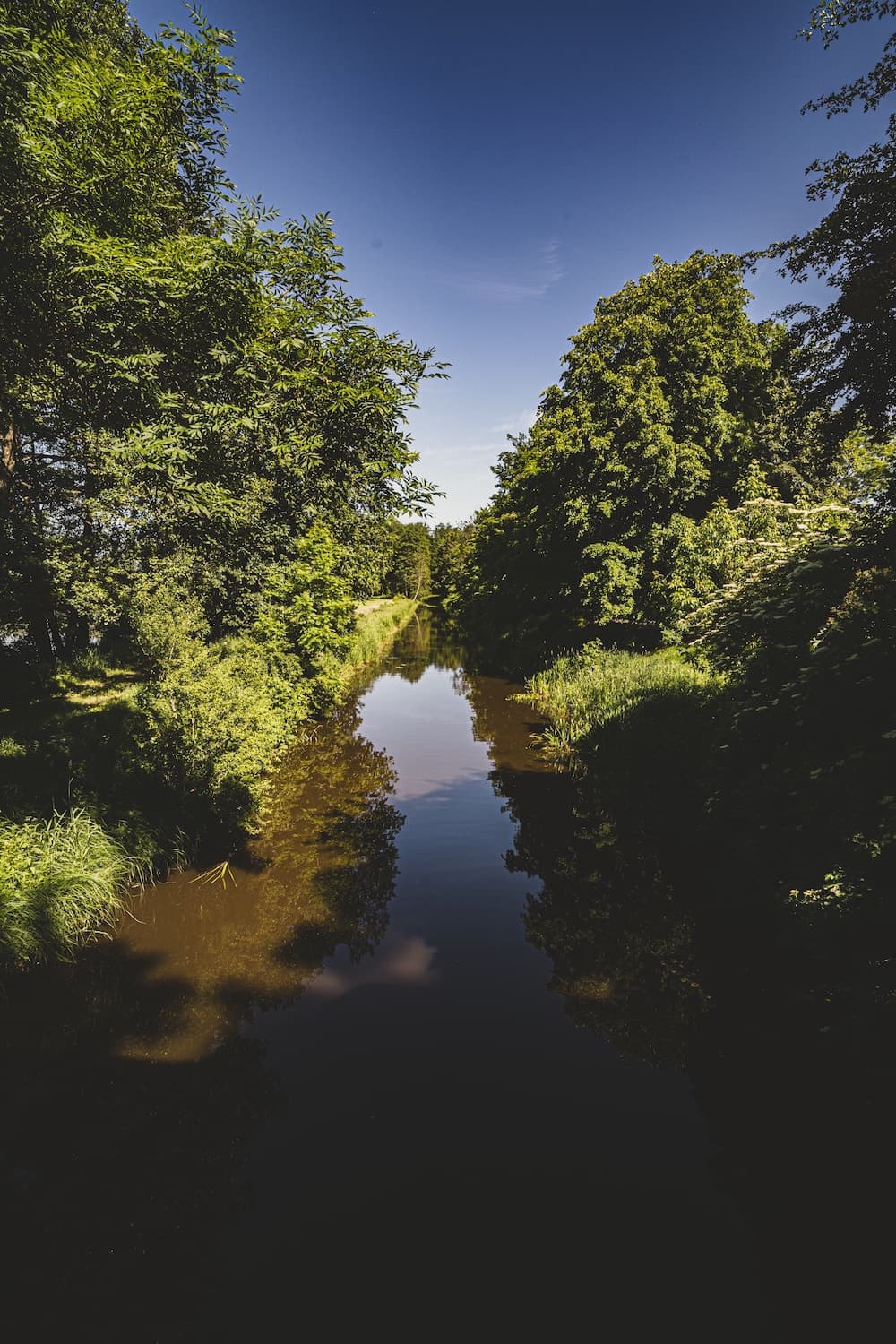Bialowieza, the Last Primeval Forest
Disclosure: Bear in mind that some of the links in this post are affiliate links and if you go through them to make a purchase we will earn a commission at no additional cost to you. We chose these companies / hotels because of their quality and not because of the commission we receive from your purchases.
The moment you step into the Bialowieza forest, you are instantly transported into a storybook world. The sounds of birds singing and sunlight filtering through the treetops combine and create a magical atmosphere. Tucked away in the heart of Europe, Bialowieza is a sanctuary where you may be lucky enough to glimpse a lynx, a wild bear, or even a bison.
Nestled on the border of Poland and Belarus, and merely a three-hour
drive from Warsaw, the mystical appeal of Bialowieza is undeniable. In
fact, you might even recognize it from the fantastical landscapes in the
Narnia film series, many of which were shot in this very forest.
Being the last remaining segment of the once sprawling lowland forest that covered Europe, Bialowieza stands as the final stronghold of true wilderness on the continent. Protected since 1921, this primeval forest is an inspiring testament to nature's resilience and majesty.
Bialowieza's preservation owes much to its unique history. Once, it was the hunting territory of the Russian Tsar, who permitted no intruders into his grounds. Later, during the era of the Communist regime, this forest served as a refuge for the privileged few. This legacy of seclusion has kept Bialowieza safe from human exploitation, allowing us to witness today what large parts of Europe would have resembled centuries ago.
This wilderness, largely undisturbed by human activities, hosts a rich variety of trees in all shapes and sizes. Whether standing tall, hanging over water bodies, or lying fallen, each one contributes to the forest's natural rhythm. These green giants share their home with ponds and wet spots, nourishing a diverse array of plant life. Come spring, these waters bloom with the beautiful water viola, among other species.
With 70% of its trees being over a century old, Bialowieza is a living museum of natural history. You'll find alder trees that soar as high as forty meters (131 ft), as broad as oaks, alongside rattle poplars with trunks wider than a meter (3.2 ft). As the seasons change, the forest shows different colors, from the primrose yellow of spring to the saturated green of summer and the brownish-red hue of autumn.
A broad spectrum of bird species, including several types of woodpeckers and owls, call Bialowieza their home, as do large mammals like lynx, wolves, and Europe's last wild bison. The European bison, or wisent, is Bialowieza's living emblem. Catching a glimpse of these magnificent beasts at dusk, when they emerge from the forest's depths to graze in meadows, is a sight to behold.
Where to stay
For an eco-friendly place to stay, you can book Przystań Hotel & Spa. It's located in Augustów, amidst the greenery of the Augustów Primeval Forest. The hotel incorporates eco-friendly practices such as energy-saving technology, organic food served in the restaurant from local suppliers, and recycled water. 
The hotel also offers outdoor activities such as canoeing, cycling and hiking.
Best time to visit Bialowieza
The best time to experience Bialowieza in its full glory is in spring, when the Polish part of the forest is at its most accessible. While the forest teems with visitors in the summer, a springtime journey promises a more exclusive experience, sharing the forest primarily with the resident wisents and an array of flora and fauna. So, pack your bags and get ready for a journey into Europe's last standing testament to the continent's ancient wilderness.